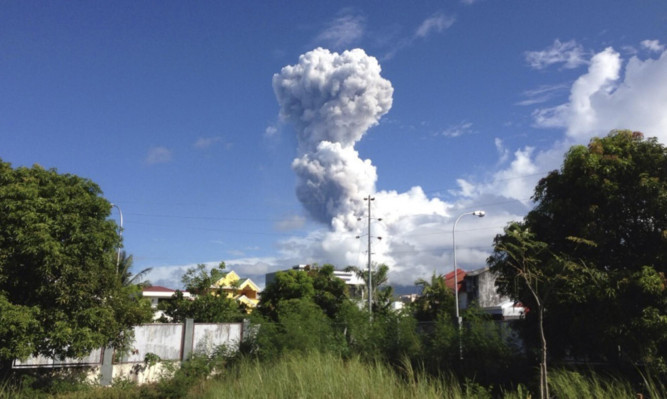One of the Philippines’ most active volcanoes spewed huge rocks and ash, killing at least five climbers and trapping more than a dozen others near the crater in its first eruption in three years.
Rescue teams and helicopters were sent to Mayon volcano in the central Philippines to bring out the dead. At least seven were injured from a group of about 20 mountaineers who were caught by surprise by the sudden eruption, Albay provincial governor Joey Salceda said.
Clouds have cleared over the volcano, which was quiet later in the morning.
The climbers who died were struck by huge rocks, guide Kenneth Jesalva told ABS-CBN TV network by mobile phone from a camp near the crater. They included a German, an Austrian and a Filipino.
The injured included foreigners and Filipino guides. Some were in a critical condition, said the chief of the national disaster agency, Eduardo del Rosario.
Mr Jesalva said he was in the group that spent the night on the picturesque mountain, known for its almost perfect cone, when the volcano rumbled back to life early in the morning and rocks “as big as a living room” came raining down on them. He rushed back to the base camp to call for help.
The head of the Philippine Institute of Volcanology and Seismology, Renato Solidum, said the eruption was normal for the restive Mayon, about 212 miles south east of Manila. It has erupted about 40 times during the last 400 years.
In 2010, thousands of residents moved to temporary shelters when the volcano ejected ash in an five-mile zone surrounding the crater.
Mr Solidum said that no alert was raised for the volcano following the latest eruption and no evacuation was being planned. Climbers are not allowed when an alert is up and the recent calm may have encouraged this week’s trek.
